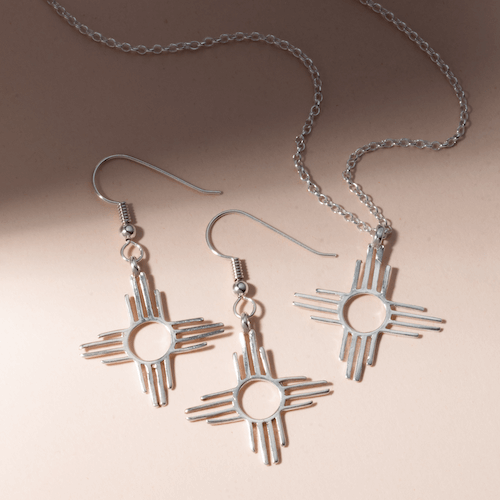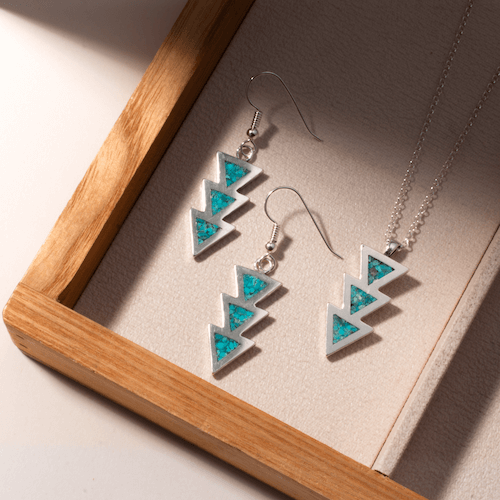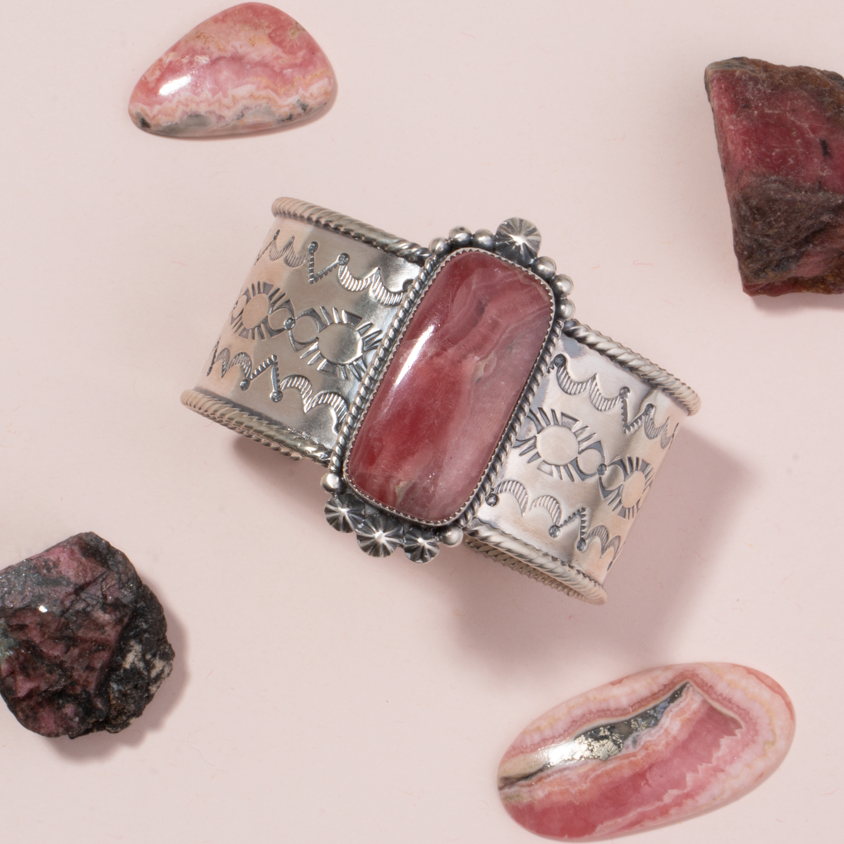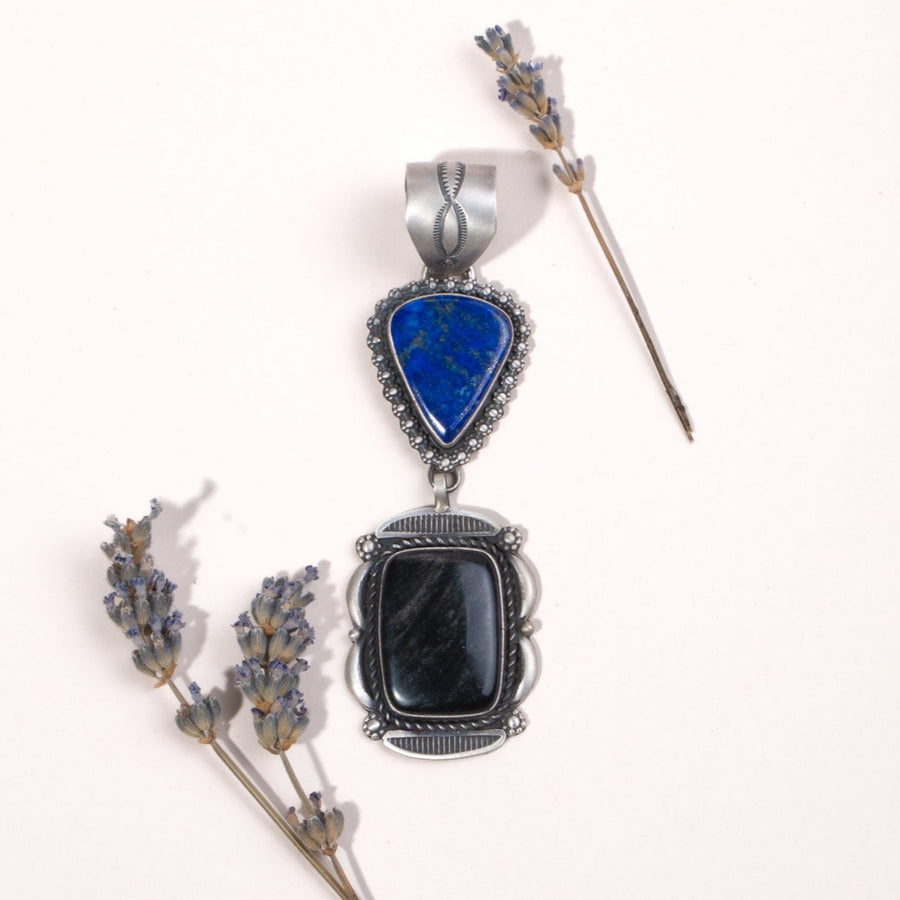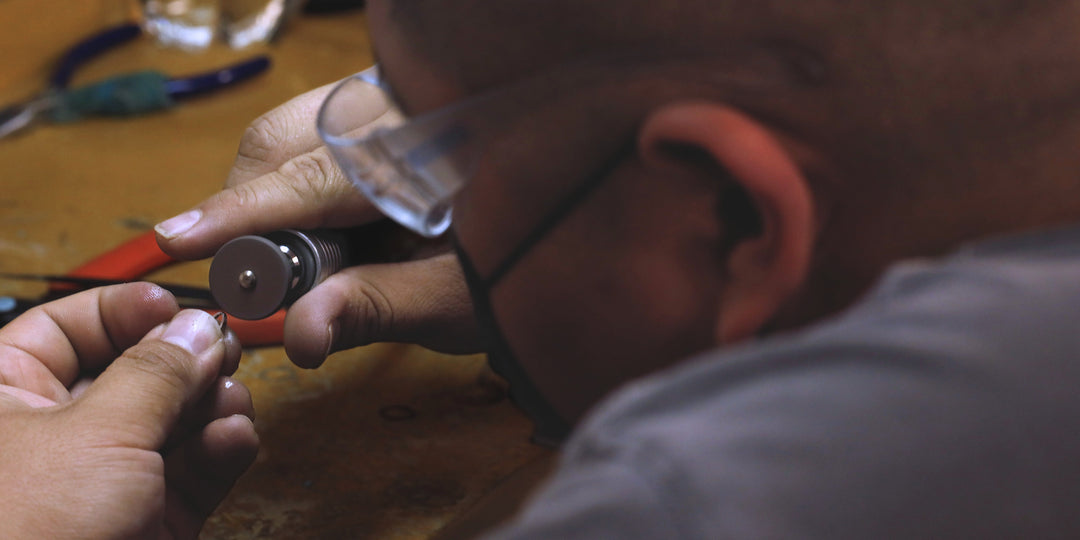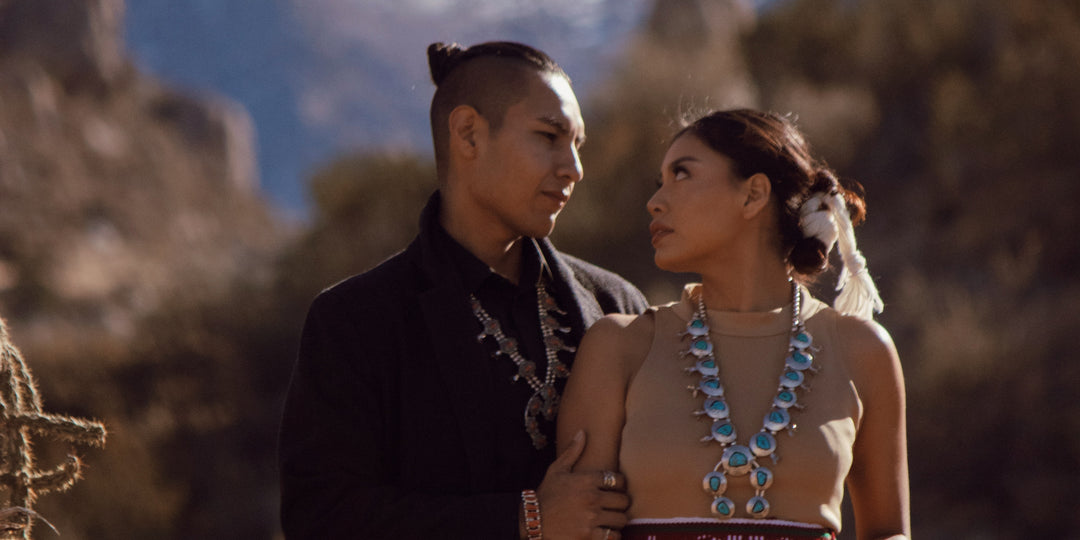Who does cultural appropriation really hurt?
Culture is defined as “the characteristic features of everyday existence shared by people in a place or time.” For most of our history, culture has been seen as the way in which various groups of people define themselves among the diversity that exists in the world. Their collective history and the way in which they express who they are is one of the most important ways a group of people has to preserve their culture over time. It’s also the way in which they continue to own the story of who they are in today’s expanding global community.
The world today seems a much smaller place than ever before. Thanks to technology such as the internet, modern people have the ability to interact with people in places they may never visit in real time. Long sea voyages or dangerous treks are no longer required to get to many of those far off places. What once felt distant and exotic can now be explored in greater depth than in the past. This new connection is a boon in some ways and a bust in others.
How does cultural appropriation happen?
Many places today are no longer one distinct culture, but rather a blend of many cultures living in one place. This blurring of those communal lines has led some to appropriate the stories, art and ideas of cultures not their own in ways that leave the people of those cultures feeling disrespected through this careless “cultural appropriation”.
It is one thing to respect another culture, to honor it and its people. It is also far too easy for some to forget that the people who belong to that culture have a right to own their stories, to determine how the greater community perceives them. Adopting customs not their own, some have inadvertently disrespected other peoples’ traditions by enacting those customs in ways they were not intended to be used. They liked the image but forgot the story and the connection that the image represents.
How does cultural appropriation affect the community?
One of the most damaging aspects of cultural appropriation comes with the blending of cultural stories and traditions into one bland stew. These images, stories, artifacts each have a significance and a story behind them that belongs to that culture. They are not generic, they are specific, and their meanings interpret the world from which they come. Made into one-size-fits-all objects, they lose the cultural attachment and the meaning they have. Used in ways which stray far from their traditional meanings, they are emptied of their connections to the people and places who shaped them. It is a tragic loss to not only the culture they come from, but to the world, which should be respecting diversity, not destroying it.
Cultural appropriation and Jewelry
The legacy of cultural appropriation can be seen in the field of Native American jewelry and art. Styles and symbols are copied with no respect for the reason they are important to the piece. They are machine made with low-quality materials rather than handcrafted by an artist using traditional methods and creating each piece from the stories of their culture. The distinction is not only economic. The tradition behind Native art and jewelry comes from a longstanding culture with its own stories. To negate that and produce a bracelet with faux Native symbols is to denigrate that culture.
The Indian Arts and Crafts Act of 1990 was passed to prevent cheap rip-offs from being labeled as Native American made. Such a law allows customers to know the true quality and connection of a piece of fine Native American jewelry. And it allows them to know when they are purchasing a piece of inferior quality which assumes a connection it does not have. The act was also one way to preserve the traditions of Native people against the assault of cultural appropriation.


